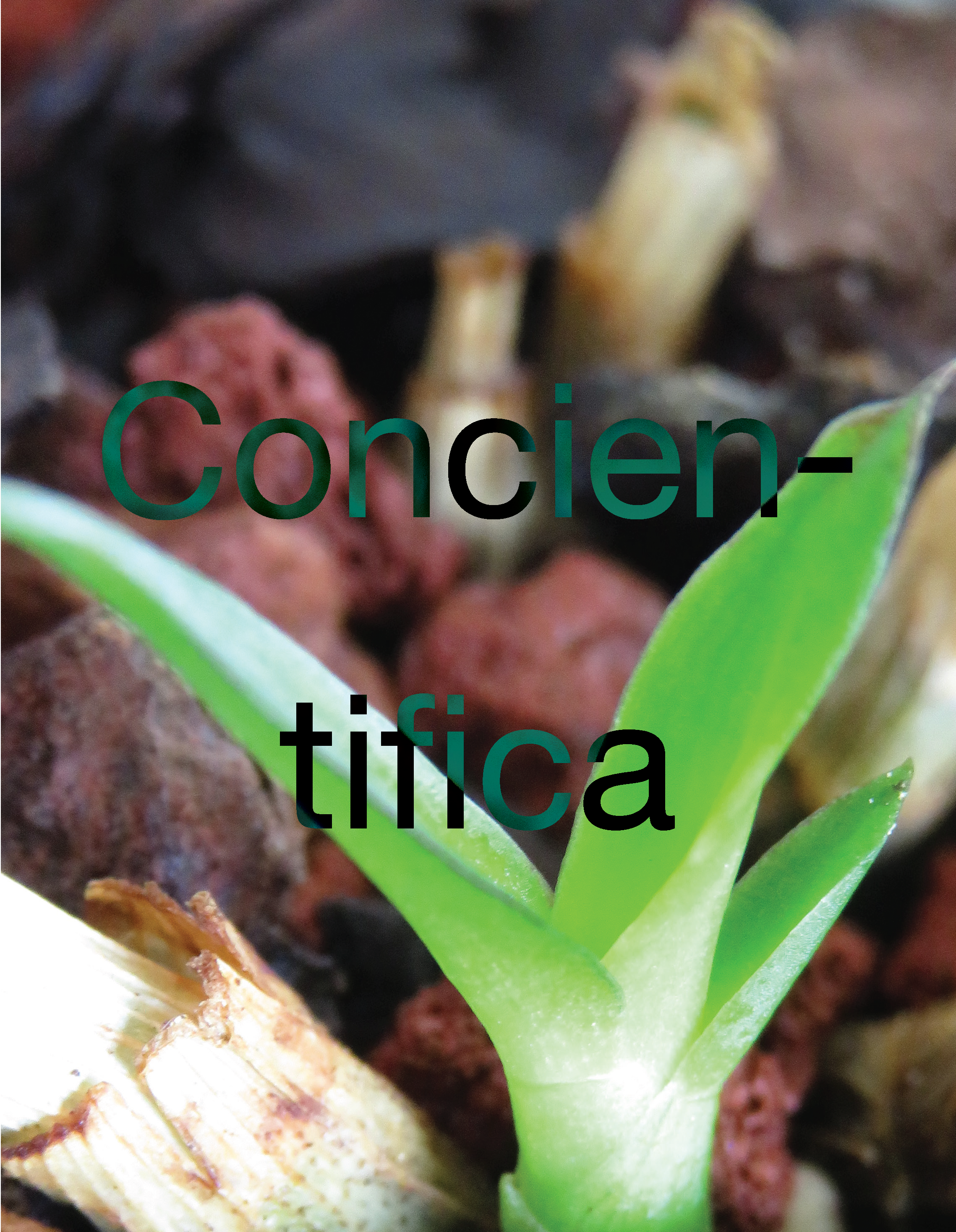Microorganismos en defensa de las plantas
Una lucha contra el cambio climático
Resumen
La producción agrícola se ha visto afectada por el cambio climático y las consecuencias se agudizarán en las siguientes décadas. Las plantas cohabitan con una gran diversidad de microorganismos que tienen la capacidad para promover el desarrollo vegetal y aumentar la producción agrícola aún bajo ciertas condiciones de estrés, incluso pueden mitigar los efectos del cambio climático como la sequía y las altas temperaturas y, de esta manera, garantizar la seguridad alimentaria. El cambio climático ha iniciado una guerra contra la agricultura, y la primera lucha será comandada por los microorganismos.
Citas
Sharma, B., Singh, B.N., Dwivedi, P., & Rajawat, M.V.S. (2022). Interference of climate change on plant-microbe interactions: present and future prospects. Frontiers in Agronomy 3, 725804. https://doi.org/10.3389/fagro.2021.725804.
Rodríguez, R., & Durán, P. (2020). Natural holobiome engineering by using native extreme microbiome to counteract the climate change effects. Frontiers in Bioengineering and Biotechnology 8, 568. https://doi.org/10.3389/fbioe.2020.00568.
Santoyo, G. (2022). How plants recruit their microbiome? New insights into beneficial interactions. Journal of Advanced Research 40, 42-58. https://doi.org/10.1016/j.jare.2021.11.020
Basu, A., Prasad, P., Das, S.N., Kalam, S., Sayyed, R.Z., Reddy, M.S., & El Enshasy, H. (2021). Plant growth promoting rhizobacteria (PGPR) as green bioinoculants: recent developments, constraints, and prospects. Sustainability 13, 1140. https://doi.org/10.3390/su13031140.
Trivedi, P., Batista, B.D., Bazany, K.E., & Singh, B.K. (2021). Plant-microbiome interactions under a changing world: response, consequences and perspectives. New Phytologist 6, 1951-1959. https://doi.org/10.1111/nph.18016.
Petipas, R.H., Geber, M.A., & Lau, J.A. (2020). Microbe-mediated adaptations in plants. Ecology Letters 24, 1302-1317. https://doi.org/10.1111/ele.137557.
Acuña-Rodríguez, I.S., Hansen, H., Gallardo-Cerda, J., Atala, C., & Molina-Montenegro, M.A. (2019). Antarctic extremophiles: biotechnological alternative to crop production in saline soils. Frontiers in Bioengineering and Biotechnology 7, 22. https://doi.org/10.3389/fbioe.2019.00022.
Fitter, A.H., Heinemeyer, A., & Staddon, P.L. (2000). The impact of elevated CO2 and global climate change on arbuscular mycorrhizas: a mycocentric approach. New Phytologyst 147, 179-187. https://doi.org/10.1046/j.1469-8137.2000.00680.x.
Milovic, M., Kebert, M., & Orlovi, S. (2021). How mycorrhizas can help forests to cope with ongoing climate change. Sumarski list 145, 279-286. https://doi.org/10.31298/sl.145.5-6.7.

Descargas
Publicado
Cómo citar
Número
Sección
Licencia
Derechos de autor 2023 Revista de divulgación científica iBIO

Esta obra está bajo una licencia internacional Creative Commons Atribución-NoComercial-SinDerivadas 4.0.
Se permite el autoarchivo o deposito de los trabajos en su versi´ón post-publicación (versión editorial) en cualquier repositorio personal, institucional o temático, redes sociales o científicas. Lo anterior aplica desde el momento de la publicación del artículo en cuestión en la página web de la Revista de divulgación científica iBIO.




